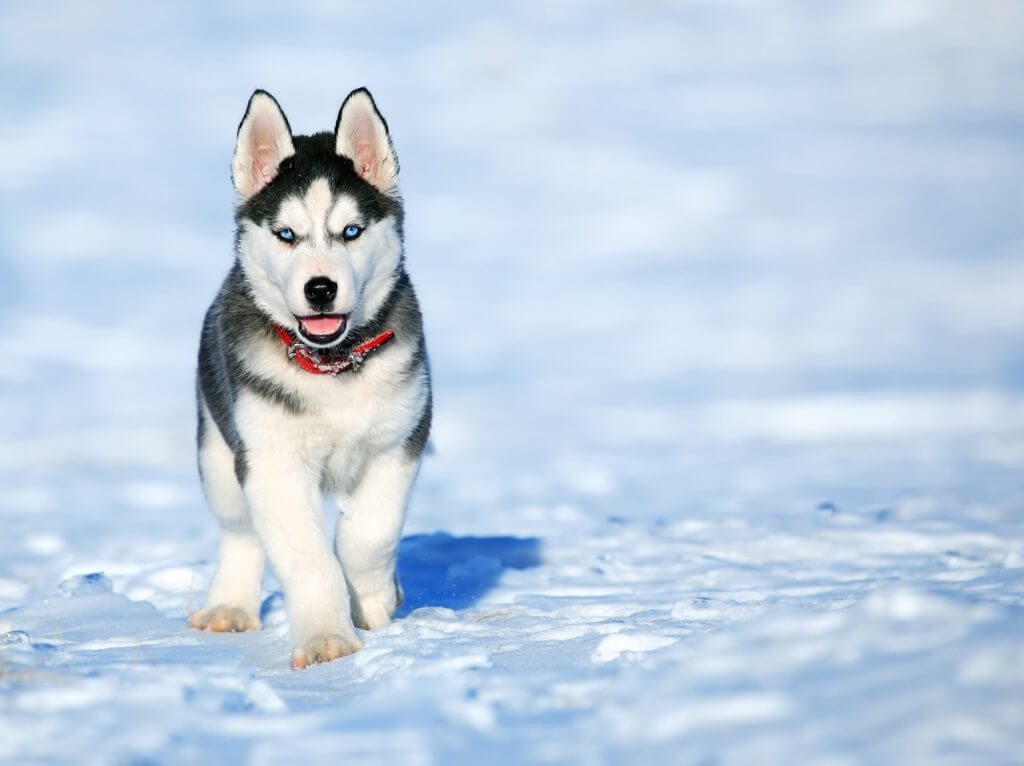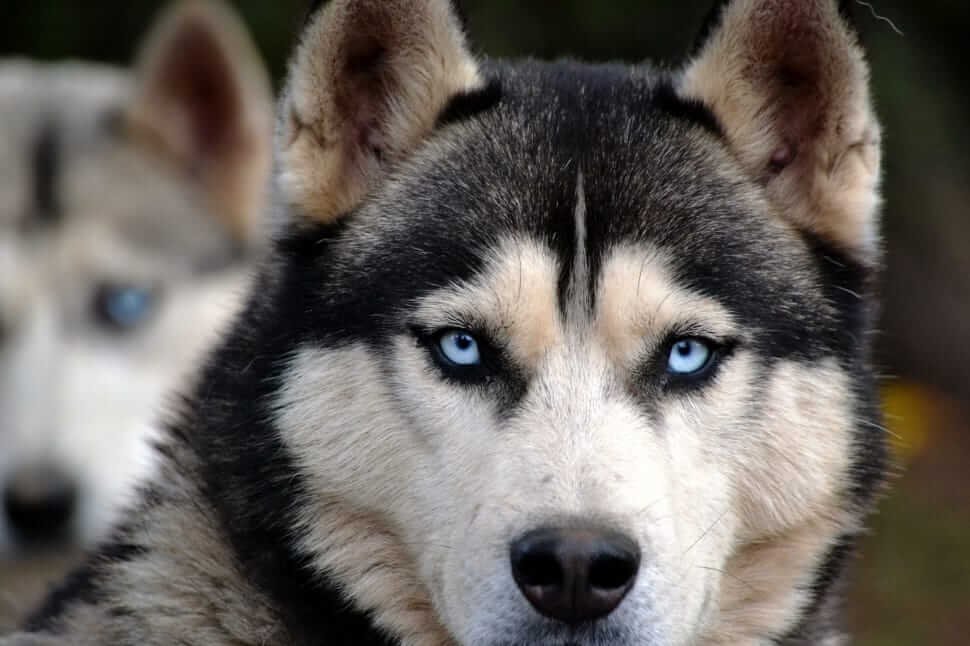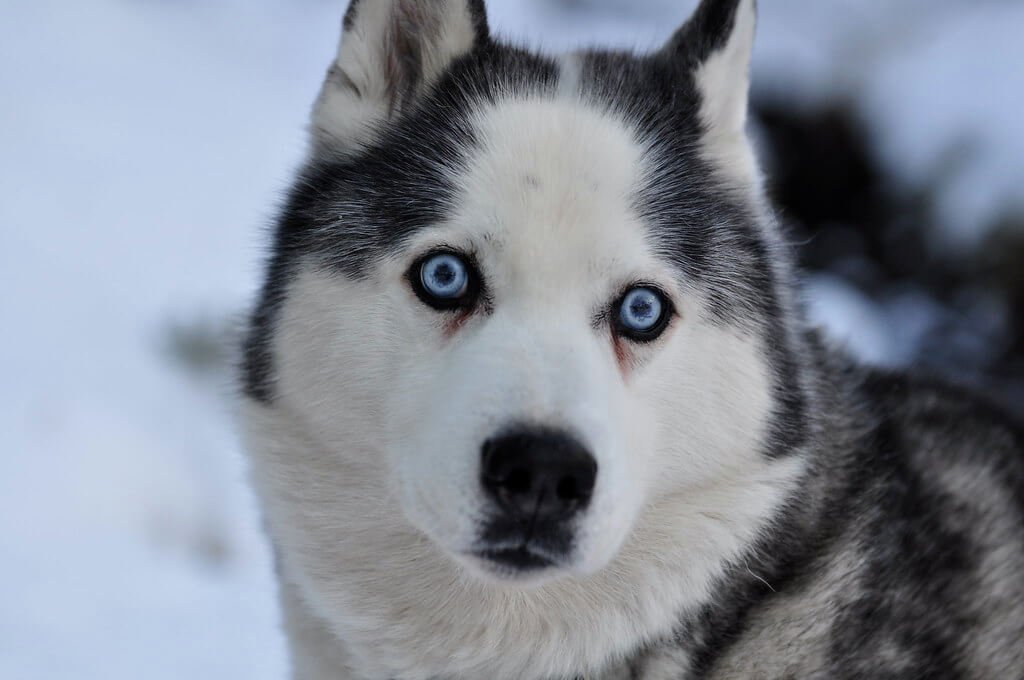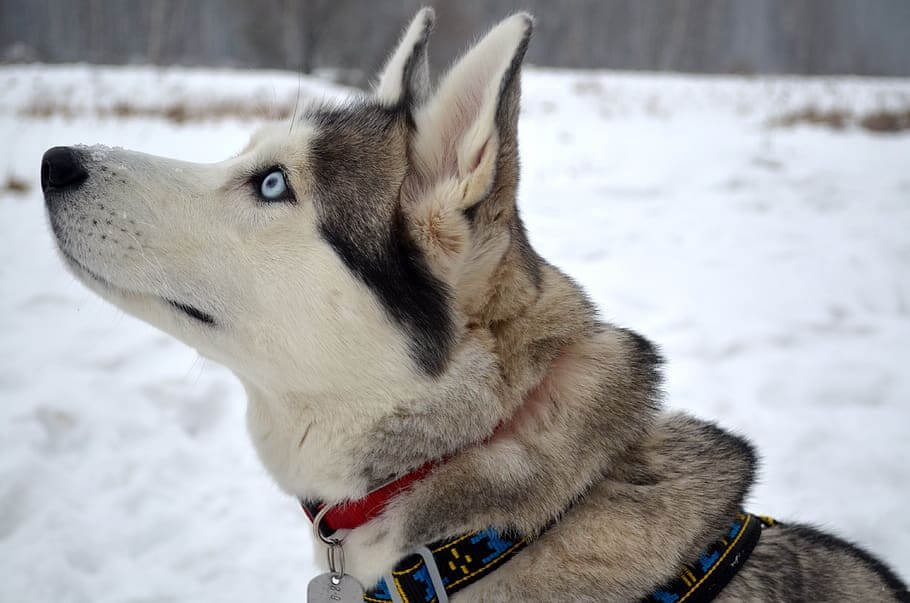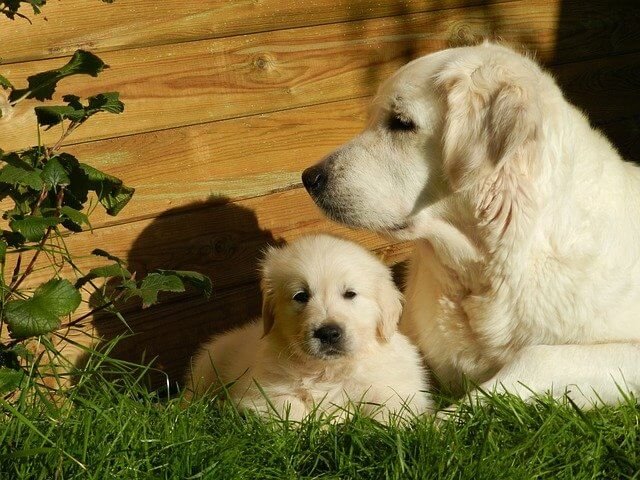Training a dog can feel like a tug-of-war: sometimes there’s a little give involved, but a lot of the time, you’re straining to exert control and come out top dog. Coincidentally, tug-of-war is an actual method of dog training. Some dog owners are tentative to take it up, though, concerned that they may play the game incorrectly.
Tug-of-war is a great game for a great dane! Or for any breed of dog at any stage of life. Here is your guide to teaching your dog to tug correctly.

Step 1: treat the tug toy like a cat toy
For those of you familiar with cat behaviours: when you wiggle a toy or shoelace before a cat, this appeals to their hunting instincts. Even if they believe they’re ‘above’ such base drives (and many of them do try to combat their instincts with such thoughts), they typically can’t resist them. Their pupils will dilate and they’ll flick their paw at the moving object at least once. When initiating tug-of-war with dogs, the principle is the same. You should wiggle the toy in such a way that mimics movements of prey: quick, slow; quick, slow. It’s like a balboa basic loosely translated to a dog-training environment.
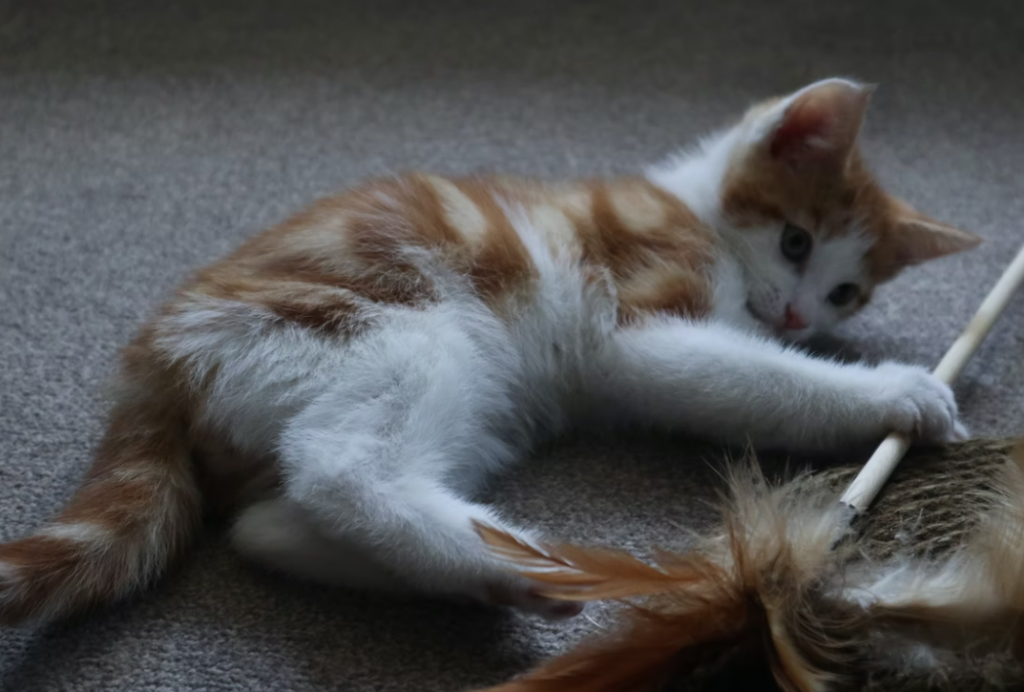
Step 2: provide positive reinforcement
The moment you start criticising someone is the moment it stops being fun. That’s not to say that negative reinforcement doesn’t have its place, but remember the game is called tug-of-war: not life-and-death. There’s a difference between messing up a step in a game and behaving poorly. If your dog doesn’t play correctly, just reset, ask them to ‘leave it’ or ‘give’, and try again. When they play the game correctly, shower them with the praise and encouragement they crave and deserve.
Step 3: match the tension to your dog’s progress
Matching your tension to your dog’s progress is similar to letting your child win a game of chess. This is a heated topic and another discussion in itself, but the difference is that dogs are none the wiser. They will never know you’re manipulating the game to their advantage. This is in the full interests of their development, after all.
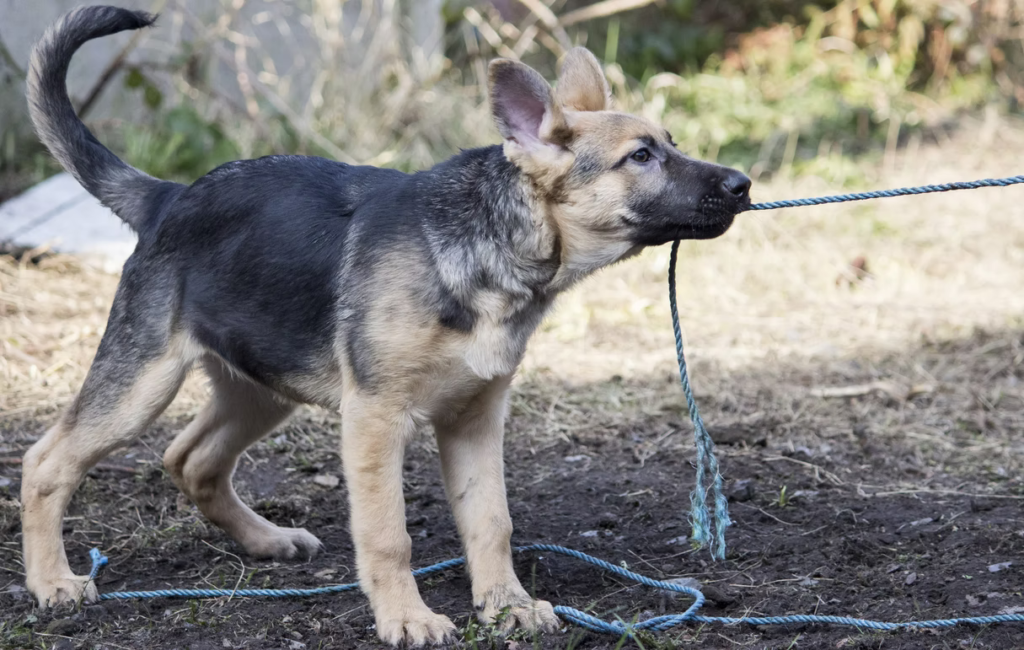
When you’re just starting out, tug lightly to help build your dog’s confidence. You can build on this as they make further progress. We’re aiming for the sort of tension where should the dog let go, the toy will fall away, irretrievable until you re-start the game.
Step 4: use the correct technique
Again, we reiterate: remember it’s tug-of-war. The game is essentially a metaphor for ‘give and take’. This means you’re pulling and relenting in varied measures. The natural consequence of this is a back-and-forth motion, as opposed to an up-and-down one. This technique is not only correct, but safe in that prevents canine neck (and human shoulder) injury. Start pulling upwards and we have WHS issues.

While we’re on the topic of correct techniques, it would also be worthwhile teaching your dog stop and start cues. If your dog can internalise and respond to these commands, they’ll know that you’re still the top dog. Creating boundaries around the game also ties in with general obedience training.
Need somewhere to get started?
In need of a recommendation? We suggest the Hercules tug toy. These eye-catching accessories are made from food-grade, non-toxic rubber. Please note the rope is designed for human handling only, so please ensure your dog bites only the toy. We don’t need a tug-of-war-related doggy dental bill.

It’s playtime!
Tug-of-war is like an educational game: your dog can enjoy themself without realising they’re learning. They’re learning discipline, behaviours, and obedience. Play around with it, ensure you’re using the correct techniques, and make sure you reinforce behaviours as appropriate. You and your doggy will find the rhythm that works best for both of you. Have fun!
Useful links:
Golden Retriever Price In India | Labrador Dog Price in India | Siberian Husky Price In India
Rottweiler Price | Beagle Price In India | Great Dane price in India
Lhasa Apso Price in India | Rottweiler vs Pitbull | Pomeranian price
Rampur Greyhound | Chihuahua price in India | Grey Husky

